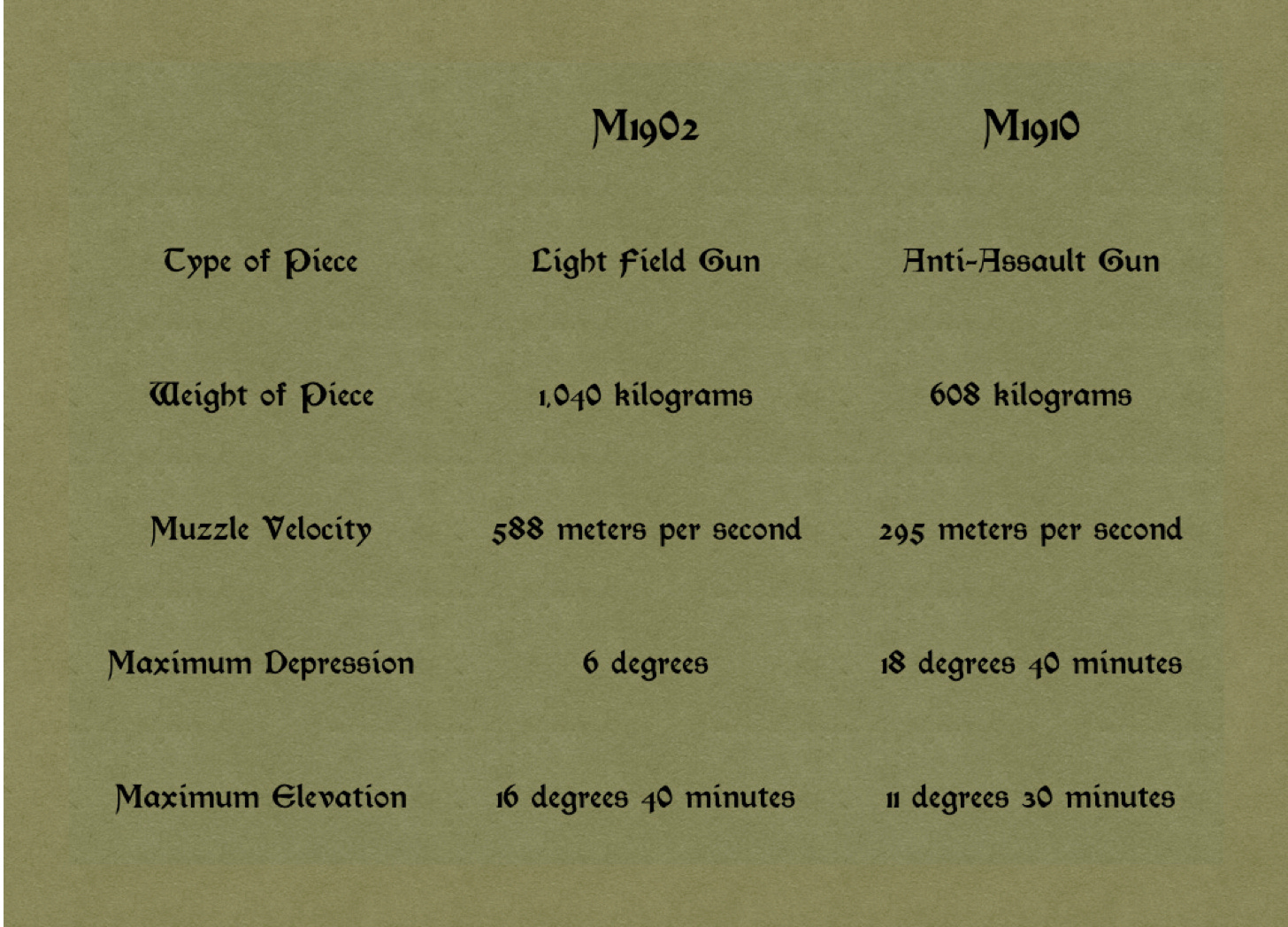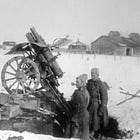The Second "Assault Cannon" of Assault Battalion Rohr
The German Army of World War I
From time to time, The Tactical Notebook will refresh, refurbish, and republish a ‘product improved’ version of an ‘oldie but goodie’ from its back catalogue. This is such a piece.
One of the early chapters of Storm Troop Tactics tells the tale of the second infantry gun employed by Sturmabteilung Rohr, a modification of a 76.2mm piece that had been captured from the Russian Army early in the war. This description characterizes the base weapon as a "field gun" and, in doing so, gives a false impression of its character. In fact, the Russian weapon that was adapted to create the second infantry gun of Sturmabteilung Rohr was a much smaller piece that bore the designation of protivoshturmovaya pushka, a title that literally means "anti-assault cannon."
The Russian Army adopted the 7.62mm (3-inch) anti-assault cannon in order to provide fortresses with a means of repelling, at close range, attacks by hostile infantry. To this end, the piece was optimized to fire canister at distances of less than 600 meters against targets that were either on the same level or at a lower elevation. In other words, the Model 1910 anti-assault gun was what contemporary German gunners called a Grabenstreichgeschütz ["gun for shooting along the long axis of a trench."]
Many of the components of the anti-assault cannon came from the Schneider-Danglis mountain gun, a version of which had been adopted by the Russian Army in 1909. The carriage of the anti-assault cannon, however, was designed expressly for it. Similarly, while the anti-assault cannon fired the some of the same projectiles as the mountain gun, it propelled them with smaller charges.
Some of the work of designing the anti-assault cannon seems to have been carried out by the French firm of Schneider and Company. Production, however, took place at the Putilov factory in Saint Petersburg, which, in the years between 1911 and 1915, produced 407 copies of the weapon. Some of the more salient differences between the two types of 76.2mm artillery pieces can be found in the following table.
Sources:
Information about the Model 1910 anti-assault gun comes from Alfred Muther Das Gerät der leichten Artillerie vor, in und nach dem Weltkrieg, II. Teil: Infanteriegeschütze, Tankabwehr und Tankbestückung (Berlin: Bernard und Graefe, 1932) pages 12-14
Information about the Model 1902 field gun was provided by Hans Linnenkohl Vom Einzelschuß zur Feuerwalze (Bonn: Bernard und Graefe, 1996) pages 70-71.
For Further Reading:
To Subscribe, Share, or Support:








